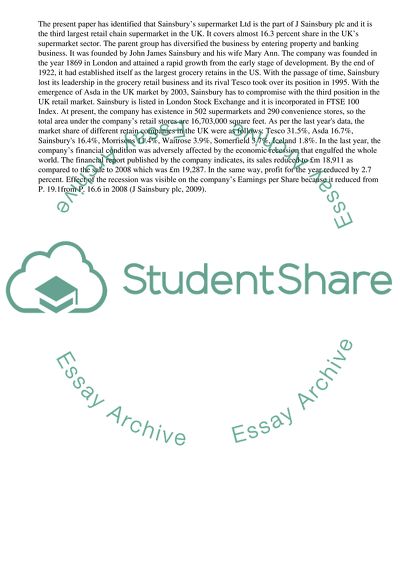Cite this document
(Sainsbury and Its Future Corporate Strategies Case Study, n.d.)
Sainsbury and Its Future Corporate Strategies Case Study. Retrieved from https://studentshare.org/management/1731738-expanding-into-a-foreign-market
Sainsbury and Its Future Corporate Strategies Case Study. Retrieved from https://studentshare.org/management/1731738-expanding-into-a-foreign-market
(Sainsbury and Its Future Corporate Strategies Case Study)
Sainsbury and Its Future Corporate Strategies Case Study. https://studentshare.org/management/1731738-expanding-into-a-foreign-market.
Sainsbury and Its Future Corporate Strategies Case Study. https://studentshare.org/management/1731738-expanding-into-a-foreign-market.
“Sainsbury and Its Future Corporate Strategies Case Study”, n.d. https://studentshare.org/management/1731738-expanding-into-a-foreign-market.


